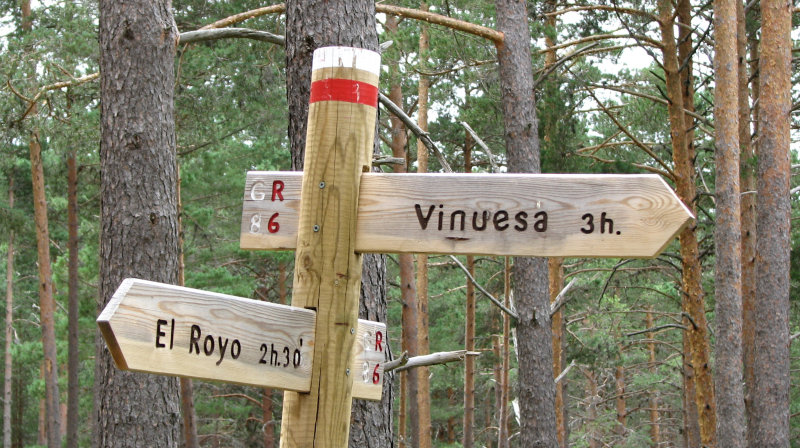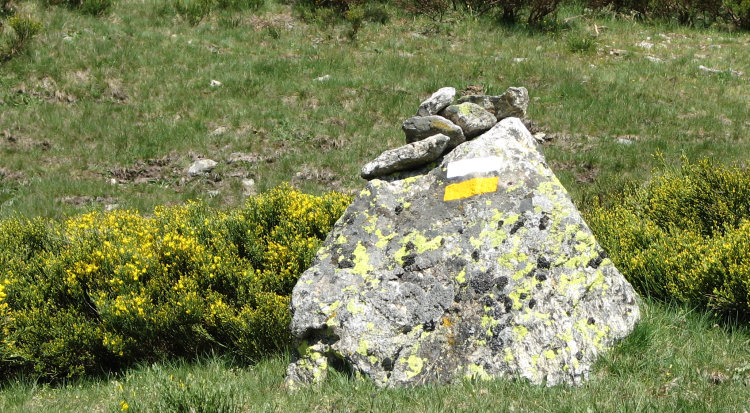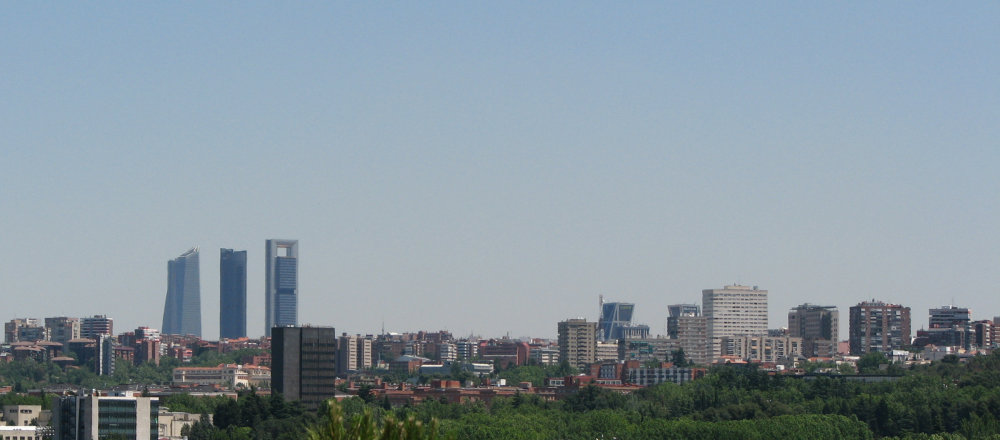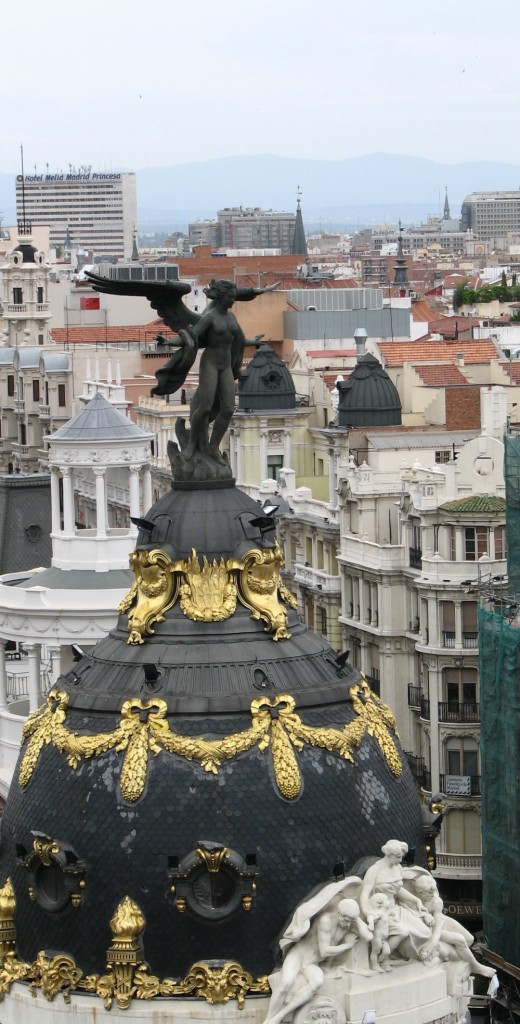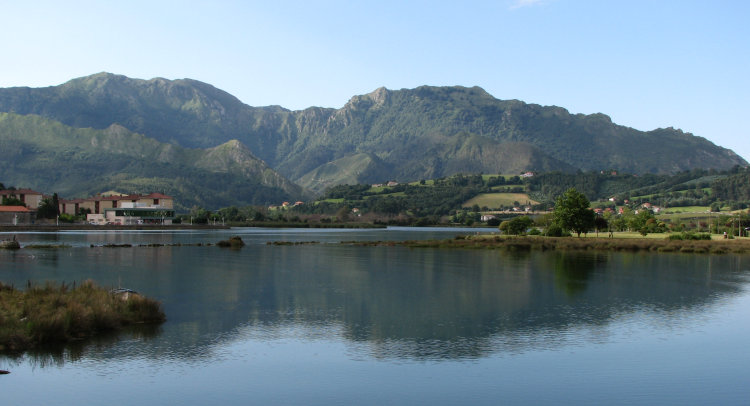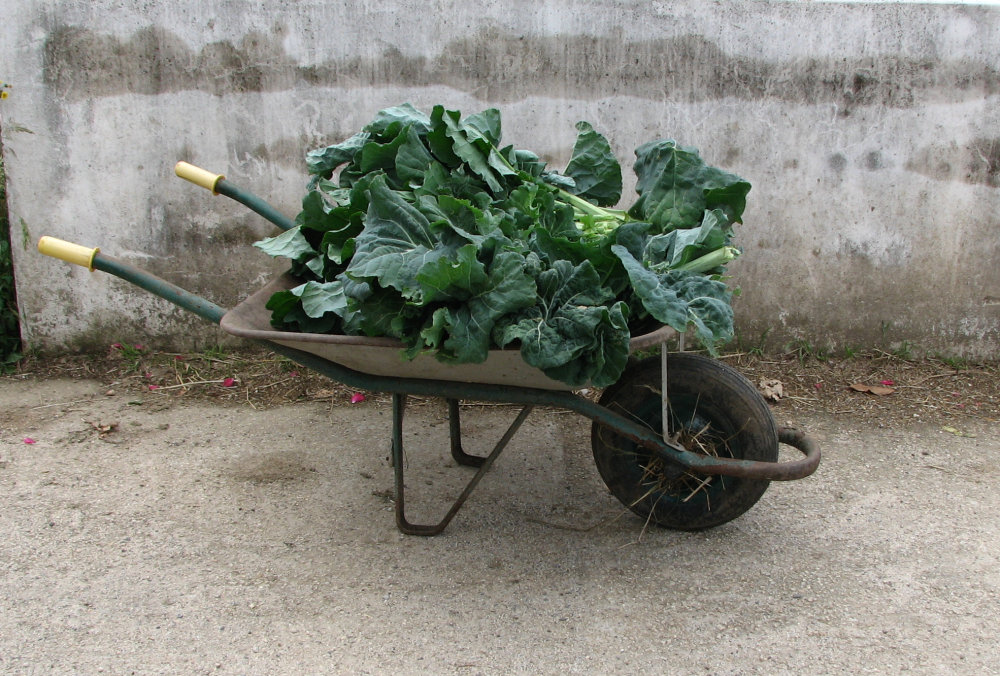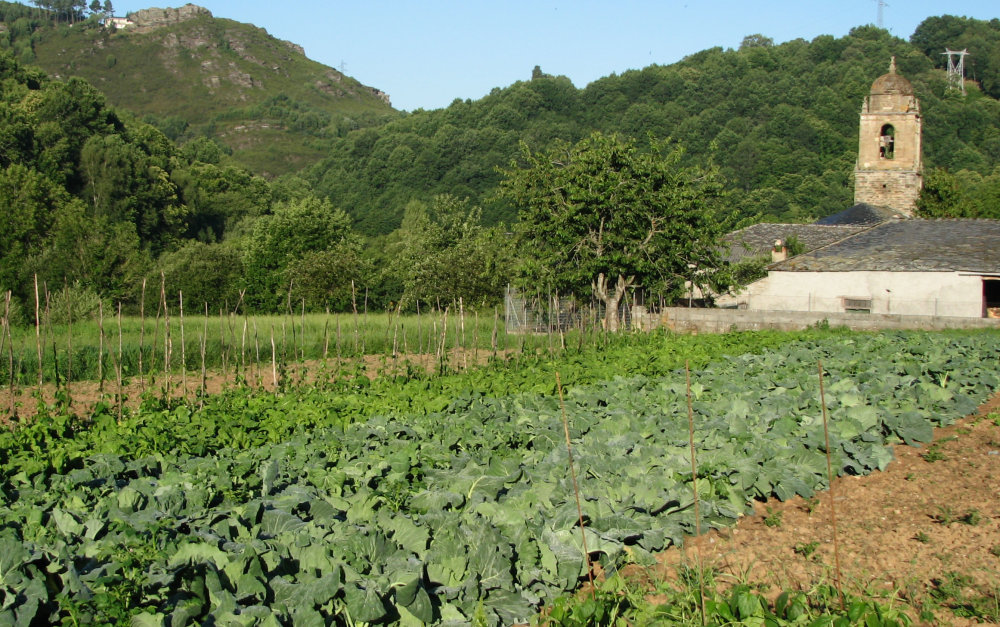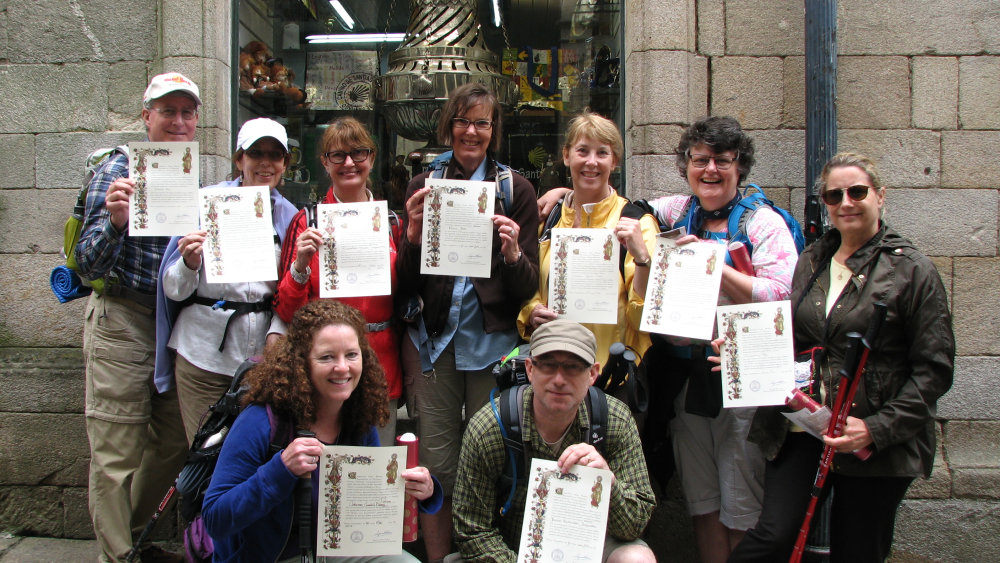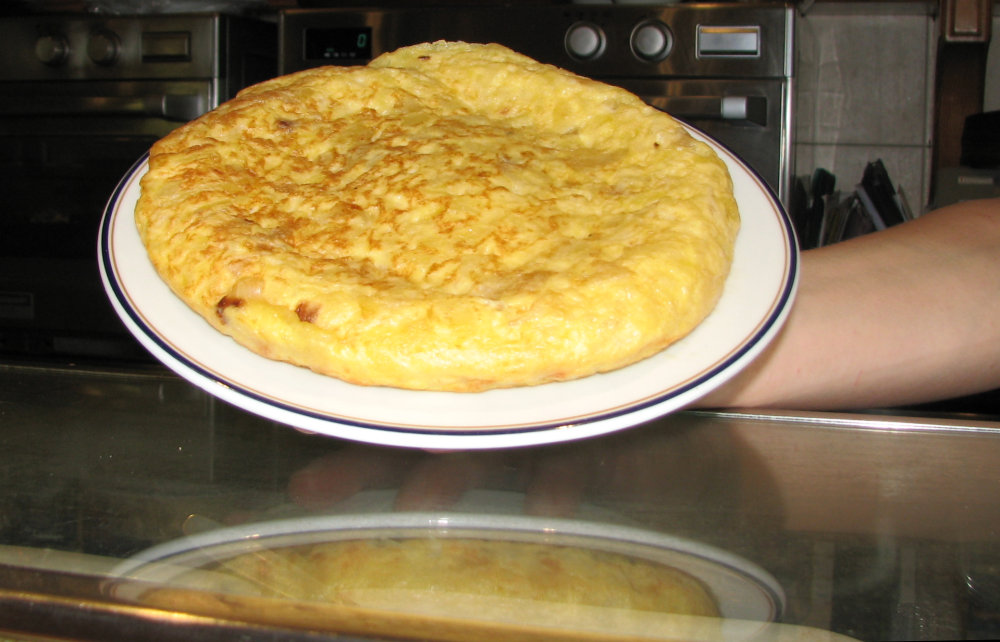Want to dig deeper into Spain’s fascinating history and culture?
Here is a list of books to help you on your way to discovery. There are many, many more books on Spain, of course. This is a selection of books I’ve read personally and enjoyed, or books I’ve heard about; more will be added to this list over time.
Non-fiction: books on this list vary a lot in genre and in style of presenting the information. All are quite readable, some denser than others. Notes by book title will help you pick what suits you best.
Fiction: the books here are on different periods and styles, many historical fiction (a genre I love, a fabulous way to learn effortlessly) and some mystery-adventure set in different periods. Most are available in English, though you may need to look a bit for translations of Spanish authors.
Best English bookstores in Madrid: Pasajes https://www.pasajeslibros.com/ and Booksellers https://booksellers.es/ These are probably the best for general book selection; at least Pasajes has an excellent section for non-fiction and will order books. Of course there are many, many other bookstores in Madrid, too many to list here, but these are a good place to start.
HISTORY – General
The Story of Spain, by Mark Williams. This is a good, very readable overall history book from prehistoric times up through the present. Instead of concentrating on every single date, this gives the major events and their context, as well as the ongoing themes in Spanish history. My favorite for a first history book.
Spain, The Root and the Flower, by John A. Crow. Another overall history. A bit rambling, but the section on art and literature is somewhat more complete than The Story of Spain. The author visited Spain for the first time before the Civil War, so some of his personal comments are very interesting. The last part (Spain today) is from the early 1980’s (last edition of the book) so is not really current, but is a good benchmark to see just how far Spain has come since that relatively recent date.
Spain, A History, by Raymond Carr. A newish history book by one of the recognized experts.
The Ornament of the World, by María Rosa Menocal. A readable book about Spain in the middle ages, when for more than 300 years Christians, Jews and Muslims lived together in peace, learning from each other and benefiting from the cultural interchange. The period immediately after was less harmonious, but might that initial tolerance might teach us something for today’s world?
Moorish Spain, by Richard Fletcher. Another readable book about Spain in the middle ages, with more detail about Islamic Spain. Somewhat less positive about amount of harmony and getting along, somewhat more conventional way writing history.
The Jews of Spain, A History of the Sephardic Experience, by Jane S. Gerber. On my shelf, haven’t read yet. History of Jews in Spain from Roman times, through the 1492 expulsion and history outside Spain through part of the 20th century.
Blood and Faith, the Purging of Muslim Spain, by Matthew Carr. History of Muslims in Spain, starting somewhat before 1492 when Granada was taken by the Christians, though a complicated period of broken promises and forced conversion to the final process of expelling everyone of Muslim ancestry, even if a practising Christian. Has some history of the Jewish expulsion as context.
Savage Frontier, the Pyrenees in History, by Matthew Carr. History of the mountain range that separates the Iberian peninsula from the rest of Europe. Very good, more cultural and ethnographic than traditional history, though there is some of that, too. The border has seen its share of conflict with Europe but was also escape route from Spain to Europe after Spain’s Civil War, and from Europe to Spain and points beyond during WWII. Traditional life styles, soldiers, smugglers of people and things, what really is a border?
Catherine of Aragon, by Giles Tremlett (see below for another book by the same author). Autobiography about Catherine, daughter of the Catholic monarchs and first wife of Henry VIII of England. Not all about Spain, but given her family ties and later contacts with both Carlos I and Felipe II this is a good one to read to see how her story influenced England’s.
Isabella, the Warrior Queen, by Kirstin Downey. Newish biography about Isabella of Castille, the most influential woman in all of Spanish history. She and her husband Ferdinand of Aragon were the Catholic Monarchs, who together started the Spanish Inquisition, sent Columbus on his discovery voyage and many many other important events. Read and liked this one.
Sister Queens, by Julia Fox. Book about two daughters of the Catholic Monarchs Isabel and Fernando, Catherine of Aragon (first wife of Henry VIII of England) and Joanna “The Mad” (queen of Spain between the Catholic Monarchs and Carlos I). Haven’t read this one either, but again looking forward to it. Joanna is one of the enigma’s of Spain’s history, was she or was she not truly mad, my opinion is probably not mad but manipulated by powerful male family members.
Imprudent King: A New Life of Philip II, by Geoffrey Parker. Newish biography about Philip II, great-grandson of the Catholic Monarchs. One of the “greater Hapsburgs” he ruled the Spanish Empire at its largest – his son and grandson saw a rapid decline that has long been pondered by historians. The book description says the author (expert in miliary history and in Spanish history) explores that question – was Philip a good or not-so-good manager, perhaps the downward slide started with him. Haven’t read this one either, will be interesting to see if the author gets beyond the Black Legend about this king.
HISTORY – Modern
-The Spanish Labyrinth, by Gerald Brenan.
-The Spanish Civil War, by Hugh Thomas.
-The Spanish Republic and the Civil War, by Gabriel Jackson.
-Concise history of the Spanish Civil War, by Paul Preston.
-Doves of War, by Paul Preston.
-Spain in our Hearts, by Adam Hochschild
-The Spanish Civil War, a very short introduction. by Helen Graham
-The International Brigades: Fascism, Freedom and the Spanish Civil War, by Giles Tremlett. Just out in mid-March 2020, thick book with maps, photographs, charts, lists and a good bibliography as well as the text. Haven’t read it yet, but really looking forward to this one.
If you like history and really want to understand Spain, you should read at least something about the 1930’s, covering the Spanish Republic and the Civil War. Of the books above, Brenan’s book is a solid account of the time immediately before the War and the social-political currents at work then (some still present in modern Spain!) Thomas’ book has long been considered one of the most unbiased books on the Civil War, long but quite readable. Jackson is another of the gurus of Spanish history so this book is a good choice (for Medieval history his Makings of Medieval Spain is very good). Preston’s “Concise” book is a little dense, but he is considered one of the experts on this period. His “Doves” book takes four women in this period (two left, two right) and tells their stories. Spain in Our Hearts is one of the most readable books I’ve found on this period, lots of historical detail, but also personal observations from several US citizens (soldiers, journalists, other), British citizens, and other international people. The Helen Graham “introduction” book may be enough to get the basics of this complicated period: then if you want more, you can get something more detailed.
Spain: Dictatorship to Democracy, by R. Carr and J.P. Fusi.
The New Spain, from Isolation to Influence, by Kenneth Maxwell and Steven Spiegel
The New Spaniards, by John Hooper
Ghosts of Spain, by Giles Tremlett
The period from the sixties until the present, especially the “transition” after Franco’s death in 1975 is close to miraculous, whan Spain went from a seriously underdeveloped country to a modern country and a full member of the European Union. Any of the last four books listed above will help you understand this fascinating time. The last two books are more cultural – sociological studies than actual history, and are considered two good choices to understand today’s Spain.
Looking for something on a specific period or theme? Ask us!
FICTION
Don Quijote, by Miguel de Cervantes. What reading list for Spain would be complete without this classic? For translations, you might try John Rutherford or a new one by Edith Grossman.
The Shadow of the Wind, by Carlos Ruiz Zafón. A great read, beautifully written, intriguing story set in Barcelona, from early to mid 20th century. Good description of life in the city at that time – Barcelona fans will recognize places they know well. Written in Spanish, translated into English, if your Spanish is fluent, try the original (La Sombra del Viento). And that’s just the start! He has written two more, The Angel’s Game and Prisoner of Heaven
The Shadow of the Pomegranate tree, by Tariq Ali. Set shortly after the fall of Granada, this historical novel shows the dilema of the Muslim community as the Christians violate the 1492 treaty respecting their religious freedom. Emigrate to Africa, convert to Christianity or rebel against the powerful political and religious rulers that now controlled the land where they had lived seven hundred years?
The Alcantara Bridge, by Frank Bauer. Written in German and translated into at Spanish and I think English. A two-part novel about medieval Spain (11-12th century), famous for tolerance between Jews, Christians and Muslims. The books center around three characters, one for each religion, and we see their different but similiar outlooks and how their life stories start to intertwine.
The Last Jew, by Noah Gordon. A young man is left behind by his family when all Jewish people were forced to leave Spain in the fifteenth century. This novel tells the story of his travels and his life.
For Whom the Bell Tolls and The Sun Also Rises, by Ernest Hemingway. Eternal favorites. Hemingway really captures atmosphere and feeling for the times, though certain license has been taken with details (ie there are no caves in the area he describes in For Whom the Bell Tolls). Good reading.
The Day of the Fox, by Norman Lewis. A man mistakenly decorated for heroism by Franco’s side returns to his town after the war and is received well by some and not-so-well by others. Good account of the war’s ongoing influence, many small towns in Spain can tell similiar stories even today.
Winter in Madrid, by C.J. Sansom. Love story, thriller and more, set in Madrid right after the Spanish Civil War. A few inaccuracies about Madrid geography (picky picky, but it’s set partly in my neighborhood so I notice) but the feeling is right on target. A must read if you want to understand why this period is still hard to discuss in today’s Spain.
The Spanish Game, by Charles Cumming. Spy book set in modern Madrid, partly about international politics, partly about lust, partly about excessive paranoia and partly about the Basque terrorist group ETA. This guy has the right geography, including some bars (again partly in my ‘hood). Good story, also fun to see if you know where he’s talking about.
The Return, by Victoria Hislop. An English woman, daughter of a Spanish woman from Granada goes to Granada for a summer. There she meets a waiter in a cafe who tells her about the Civil War and time right after it. I enjoyed the book, but thought the modern story was better written than the account of the past. Another disturbing story of a disturbing time. Good ending (but read the whole book).
The Last Queen, by C.W. Gortner. About the Catholic Monarch’s daughter Juana, nicknamed “la Loca” (the Mad). The author writes this historical novel as an autobiography, trying to make sense of one of Spain’s big historical issues: whether or not Juana really was crazy.
A Dying Light in Corduba, by Lindsay Davis. Murder mystery set in Cordoba in Roman times, with olive oil as a major part of the plot. Davis’ character Marcus Didius Falco (a Roman private eye featured in most of her books) and his wife Helena try to unravel the situation. (this author has a whole series of books across the Roman Empire, telling Marcus Didius Falco’s adventures).
Iacobus, by Matilde Asensi. A medieval knight travels the Road of St. James on a quest for…. treasure? knowledge? personal fulfillment? Knights Templars, adventure and some love interest too. A great read, think Da Vinci Code but better. Asensi has written other excellent books, among them The Last Cato (El Ultimo Caton), another quest book, and the Martin Silvereye trilogy, a really good historical fiction trilogy set partly in Spain’s 16th century and partly in the Caribbean of the same period.
The Time in Between AND the Seamstress, by Maria Dueñas. The book Tiempo entre Costuras has been published with two titles in English, one in England and one in the USA. This wonderful historical novel is set partly in 1930’s Madrid (just before the Civil War), partly in Spanish Morocco shortly thereafter, then again in Madrid. There’s a good strong woman character, love interest, history and intrigue. A great read. (personal note: heard the author speak on this book, and background is based at least partly on family memories of their life in Morocco). Maria’s second book is called The Heart has Its Reasons in English (Mision Olvido in Spanish) is about the Spanish missions in California. Third book The Vineyard (Templanza in Spanish) is about a Spanish man, adventurer, entrepreneur, living first in the Caribbean then in southern Spain, trying to rescue a failing wine cellar.
Shadow of the Wind, The Angel’s Game and The Prisoner of Heaven, all by author Carlos Ruiz Zafon, and all set in Barcelona. Very unusual, a bit spooky and a bit magical reality, most people love these books (I sure do!) but they are not for people who like to know where they are and where they are going – because you won’t. The author says these are a non-sequential trilogy (or words to that effect), related but you can start anywhere. I would highly recommend starting with “Shadow”; the sequel to Shadow is The Labyrinth of the Spirits (2016), and that definitely should come last.
Captain Alatriste books / Capitan Alatriste, author Arturo Pérez-Reverte. Seven books about a fictional 17th century soldier of fortune, an honorable man living in less-than-honorable times. He and his young sidekick Iñigo Balboa (narrator of the stories) have many adventures in the time of Spain’s King Phillip IV (aka unofficially: the party-king). While fictional, real-life people appear frequently (like writer Francisco de Quevedo, friends with Captain Alatriste, and count Villamediana, sometimes friends and sometimes not). The historical feel of the books is very good (mentioning Madrid places that can be identified by anyone with some knowledge). Most of the books have been translated at least to English and probably other languages.
The Hand of Fatima (La Mano de Fátima), by Ildefonso Falcones De Sierra. Historical fiction, 17th century. About a young Islamic boy in the Alpujarras (south of Granada) forced to convert to Christianity like most of his co-religionaries, his life up to adulthood in the Alpujarras and Cordoba. Love, good guys, bad guys, intrigue, repression and more. Great story and great sense of place, though sometimes the autor goes off on a long historical ramble before returning to the story. Quite long but I liked it and learned a lot about this complicated period.
Cathedral of the Sea (La Catedral del Mar), also by Ildefonso Falcones. Historical fiction, 14th century. Another life story, this one about a poor boy in Barcelona who works on the construction of Santa Maria del Mar (one of the prettiest Gothic churches in Spain) and his adult life. Again, love, good guys and bad guys, great sense of place and all that but also with historical rambles. Liked this one too, Barcelona is always a good setting and this is no exception. This book has been made into a pretty good TV series, available on Netflix at least in Spanish, not sure about English. UPDATE: Sequel to this book came out in 2016, cannot find it in translation, title in Spanish is Los Herederos de la Tierra, which could be Heirs of the Earth or Inheritors of the Earth when translated. (Falcones has written more, if you like his writing look for The Barefoot Queen, for example).
The Moorish Whore, by Rebekah Scott. The story of Zaida, born a Muslim princess, who becomes first lover then wife to Alfonso VI of Leon (11-12th century Christian kingdom in what is now Spain). She was in the middle of a lot of political and social intrigue, and has to learn to navigate what she can, and live with what she cannot.
The Muse, by Jessie Burton. Two stories, one in 1960’s England and the other in 1930’s southern Spain, just prior to the Spanish Civil War. The connection is a painting.
The Telling Room, by Michael Paterniti. Story of a tiny town in north-central Spain; about cheese, wine and the people who make and appreciate those things; and a story about story telling. There’s a slow part in the middle but persevere.
Strong as Death and The Outcast Dove, both by Sharan Newman. These books are part of the Catherine LeVendeur mystery series and while are excellent on their own, are even better if you read the previous books first, or at least the first in the series (Death Comes as Epiphany) where we get most of the backstory and family secrets (many). Catherine is a 12th century French woman who almost becomes a nun but doesn’t, ends up solving mysteries through her curiosity and intellectual prowess. The two books mentioned are both set partly on the Camino de Santiago (Road of St. James).
The Devils of Cardona, by Raymond Carr. Strange and violent events in the foothills of the Spanish Pyrenees draw the attention of the Crown – and an investigator is sent to find out what is happening. But are the mostly likely suspects really guilty, or is something else going on? Good portrayal of the religious conflicts of this period (16th century), where “old Christians” and newly converted Muslims or Jews did not necessarily get along – and that fact was sometimes used to provoke or hide other issues.
Albi, by Hilary Shepherd. An old man in a Spanish village reflects back on his childhood just after the Spanish Civil War. Very good as coming of age story in a challenging time in Spanish history, shows the divisions in a small town and the repression faced by the war’s losers and their ways of fighting back, even under that repression. While this is a novel, I get the feeling that some of the book is based on true or almost true events in the Maestrazgo area, where guerilla “maquis” hid in the mountains for years after the end of the war.
The Assasin’s Mark and Until the Curtain Falls by David Ebsworth. Set in Spain during last year of the Spanish Civil War, main character is a British journalist. First book is about the war tourism project run by Franco’s forces, showing off northern Spain and their vision of the war and the future of the country to groups of foreigners. This book has been described as an Agatha Christie mystery about a group of people where odd things start to happen. Second book is sequel to the first, wraps up the story (sort of) and wraps up the Civil War (sort of). The British journalist is a leftie, and his views on what is happening are through that perspective. Quite a bit of history as well as a good story, though version of history is more left than center (umm. sensible way to view that period).
There your Heart Lies by Mary Gordon. A young American woman accompanies her doctor husband to Spain to help the Republican (lefists) side in the Spanish Civil War. When he leaves the country she stays on. Lots of things happen (can’t say more, sorry). The book alternates between the woman’s life as a young woman in Spain and as an older woman in the USA, telling her story to her grand-daughter.
The Fountains of Silence, by Ruta Sepetys. A young American man visits Franco’s Spain in the 1950’s, meets a young Spanish woman and her family. They are from very different backgrounds. Lots of things happen (can’t say more, sorry). Another story in at least two parts.
People of the Book, by Geraldine Brooks. A book about a five hundred year old book and the Australian conservator who works on the book to preserve it and learn something of the book’s story. Her story of working on the book alternates with the book’s story, with episodes explaining what she discovers while working on the book. This is not 100% about Spain, but several of the historic episodes are set in medieval Spain, time of the famous cultural plurality so important in the book’s story. History, intrigue, some light science and maybe some love interest. A very good read. (she has written other books as well, I’ve read Year of Wonders and Nine Parts of Desire – and will read the others, now that I’ve discovered her!
The Second Son, by Jonathan Rabb. Set in the Spanish Civil War, a German detective comes to Spain to look for his son who came to film the People’s Olympics in Barcelona and stayed on, travelling across Spain’s battlegrounds. Last book of the Berlin Trilogy, you would appreciate more if you read first books Rosa and Shadow and Light.
Another favorite Spanish novelist: Almudena Grandes. She has written a lot, but mostly not translated. She is almost finished with a mega-project called Episodios de una Guerra Interminable (Episodes of a Neverending War), six books about the aftermath of Spain’s Civil War, with a little bit during the war. She’s written five of the six books, mostly about people on the losing side and what happened to them in the years following the war. The stories and the characters are really varied, from a coming-of-age story in southern Spain to a leftie doctor in Madrid to a woman married but not married to a political prisoner to the failed invasion of Spain through the Pyrenees. She rambles sometimes and is rather political (left) but all in all she is a very very good writer, highly recommended if you read Spanish.
Day of Atonement, by David Liss. This is about Lisbon instead of Spain but is so good and indicative of similar issues in Spain that just must include here. The main character grew to young teen in a Jewish family in Lisbon in the early 18th century. He has to flee to England to save his life, grows to adulthood there, converts to Christianity and returns to Lisbon to discover what happened to his parents and avenge them if he can.
AUTOBIOGRAPHY
Homage to Catalonia, by George Orwell. Official international policy dictated “non-intervention” to support the legally elected Spanish Republic, though Franco’s rebel forces received aid from Mussolini and Hitler. In that difficult situation, many volunteers arrived from all over the world to fight for the Republic against Franco. This is Orwell’s personal story.
A Woman Unknown, by Lucia Graves. Growing up bi-cultural and tri-lingual on the island of Mallorca during Franco’s time. A very good read for everyone, especially for women and extra especially for women who remember the 1960’s well: comparing Lucia’s life with life in other places is very interesting. The author is the daughter of Engish writer Robert Graves.
As I Walked Out One Midsummer Morning, by Laurie Lee. A young English man walks across the Iberian Peninsula in the mid 1930’s, just before the breakout of the Spanish Civil War.
South from Granada, by Gerald Brenan. One of the best Hispanists ever (Author of a history book mentioned above), Brenan lived in southern Spain for many years. This is his story about living in a small village in the Alpujarras mountains.
VARIOUS
Photography: For excellent photographs of the Spanish Civil War, see Robert Capa’s work.
The Road of St. James / Camino de Santiago: Too numerous and too varied to list here. If you want to do the Camino, you may want to read any one of the many personal stories by modern pilgrims, though remember that your experience will be different. For a medieval pilgrim’s story, if you read Spanish or can find it in English, try the twelfth-century Calixtine Code, usually considered one of the first “guidebooks” and probably the most influential work in setting out the classic “French Road” that is usually considered the Camino (actually there are many Caminos…). If you are travelling with an organized group you won’t need information on places to stay, but if you are on your own you will have no problem finding a book with this information. If you are interested, you might try to find something a little esoteric, the Camino has lots of levels of meaning and spirituality, not all of it is religious nor even 100% Christian in the conventional sense of the word.
Nature: There are lots of guidebooks out there for plants, birds and beasts though it may be difficult to find something specifically on Spain in English: usually this will be included in a book on Southern Europe.
GENERAL GUIDEBOOKS
All the well-known travel guide publishers have guidebooks, some on specific regions of Spain, some include Portugal or Morocco. Just remember no guidebook is perfect!! Making the right choice is a good start but no book will have absolutely everything you want or be totally error-free.
In making your choice, what geographical area the book includes will be an important factor – why get something on Portugal if you don’t plan to travel there in the near future? Different guidebooks also include different mixtures of information on the cultural sights and practical travel information – if you are a real culture buff you may need more information (local tourist offices can usually help a lot here in Spain). Of course you should also keep in mind your own travel style, as the different guidebooks are meant for different people – don’t get a backpacker’s book if you only go first class. And very important (for Puente at least) is a solid if brief history section — which will help put things into context during your travels.

